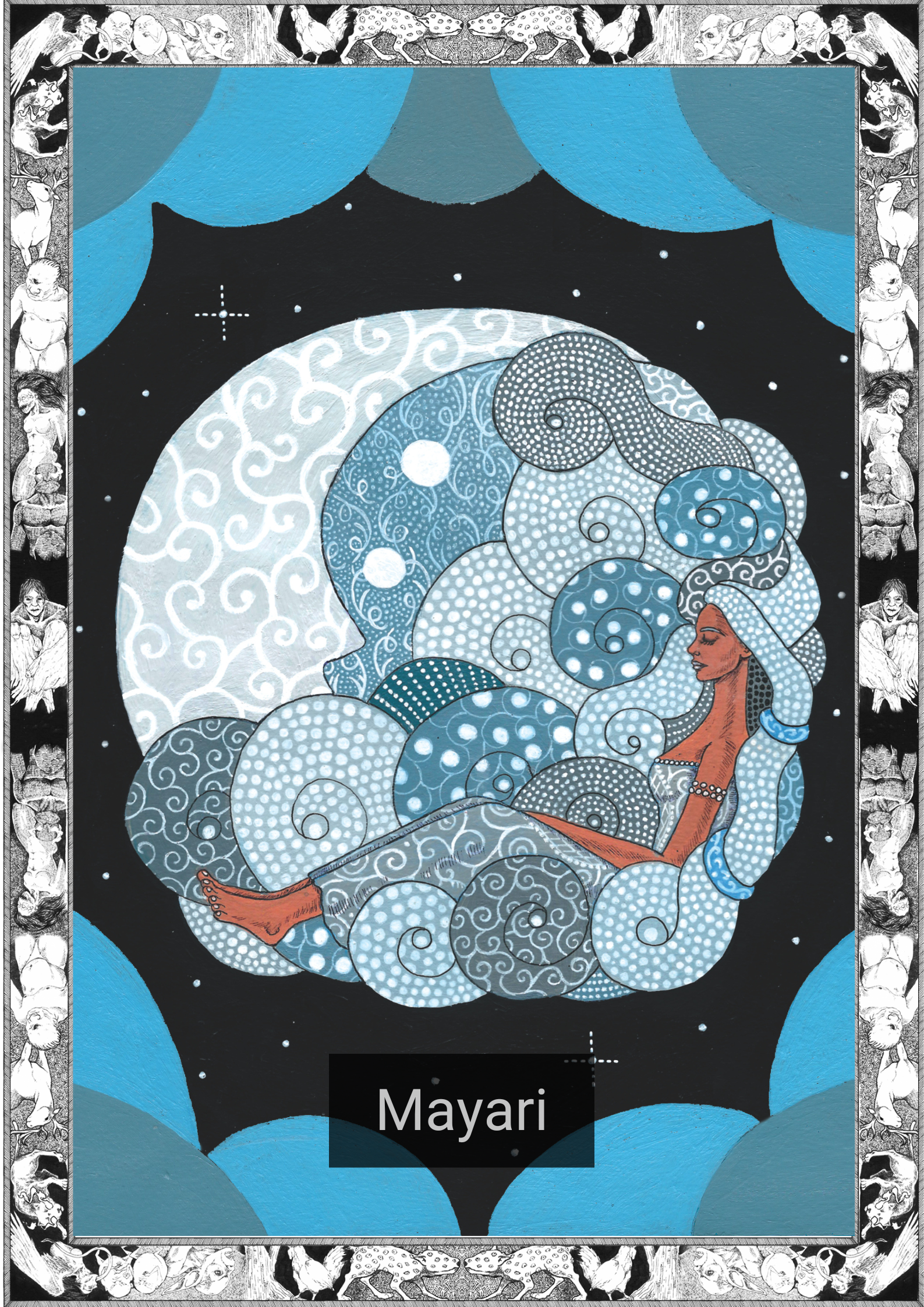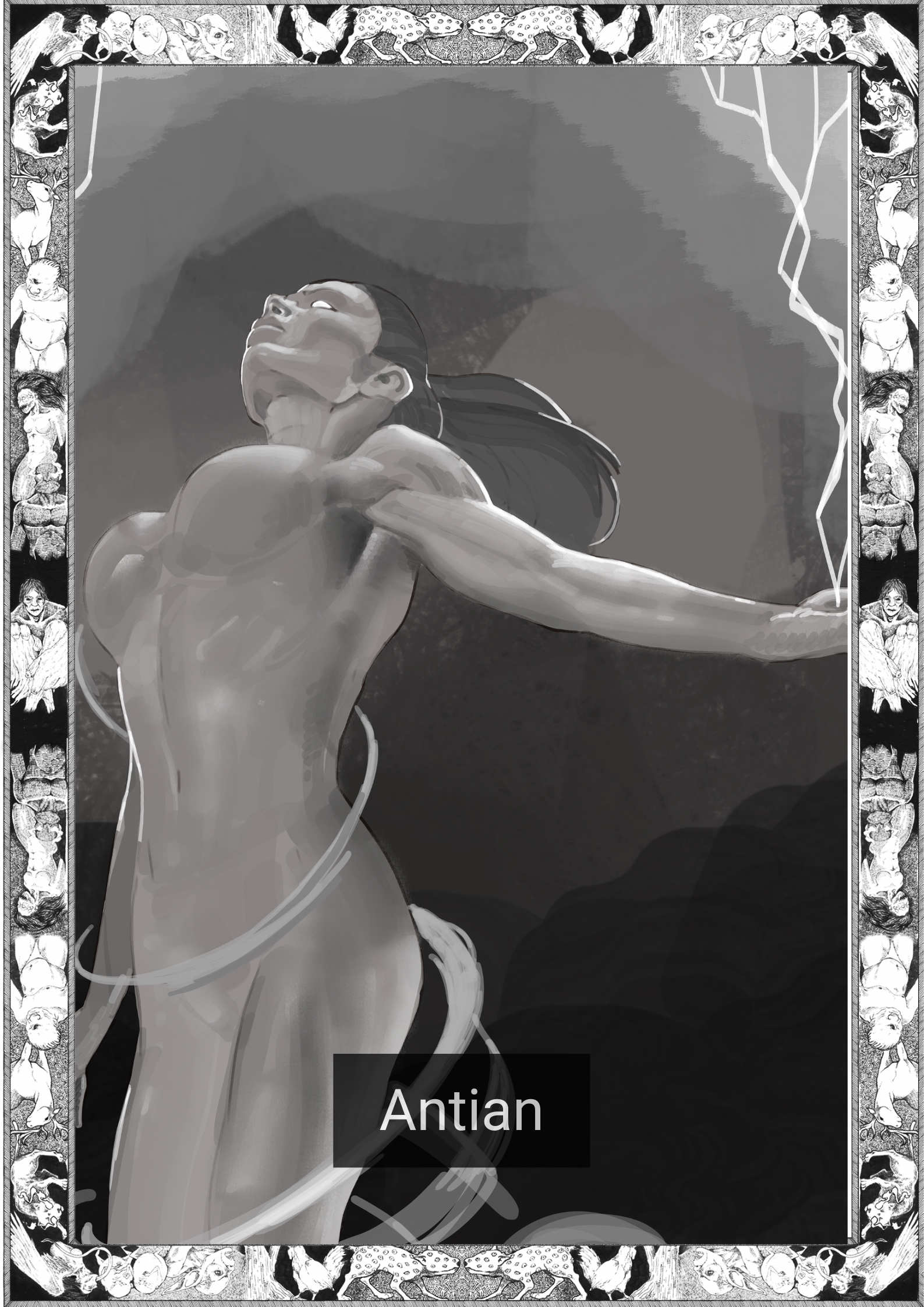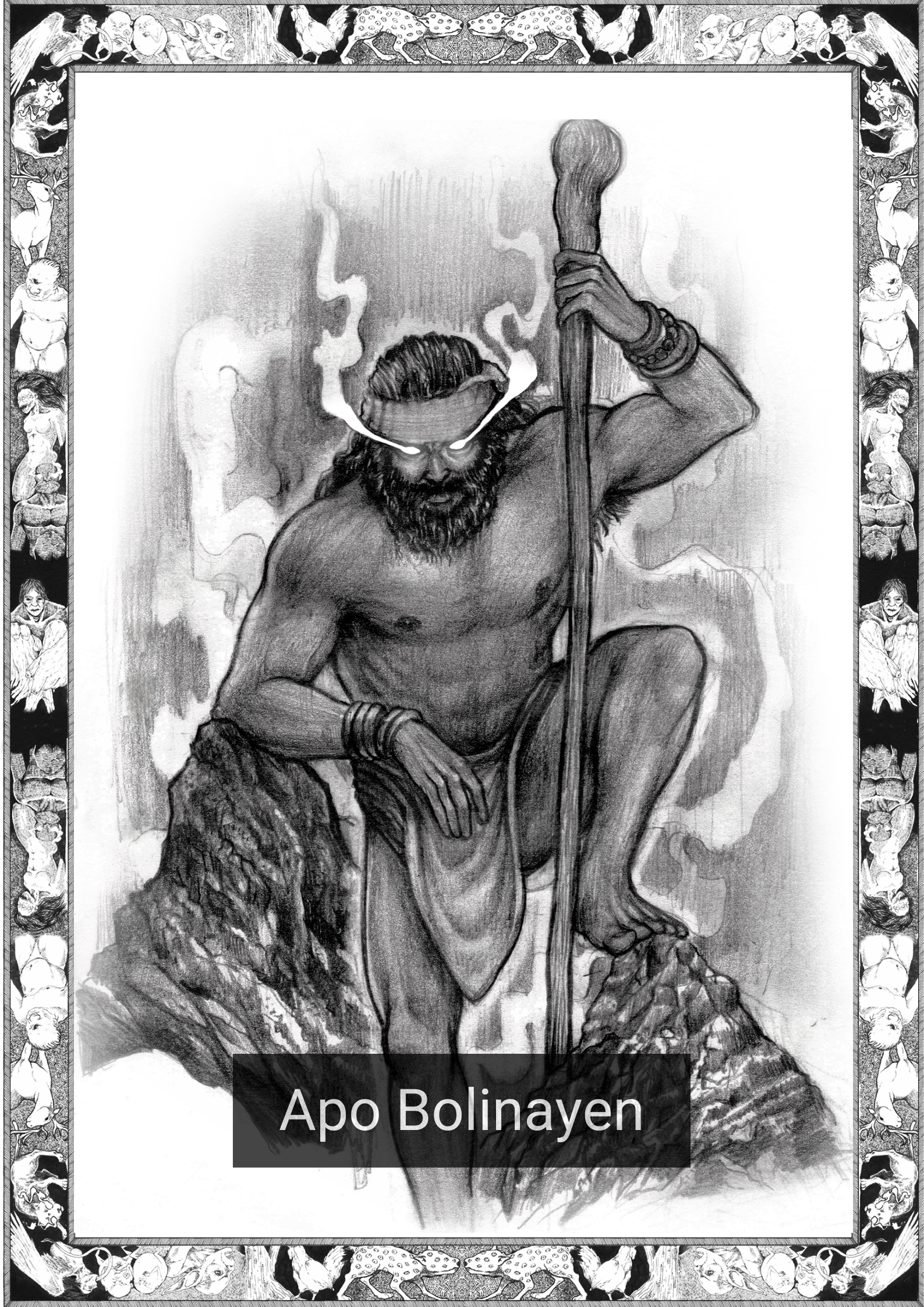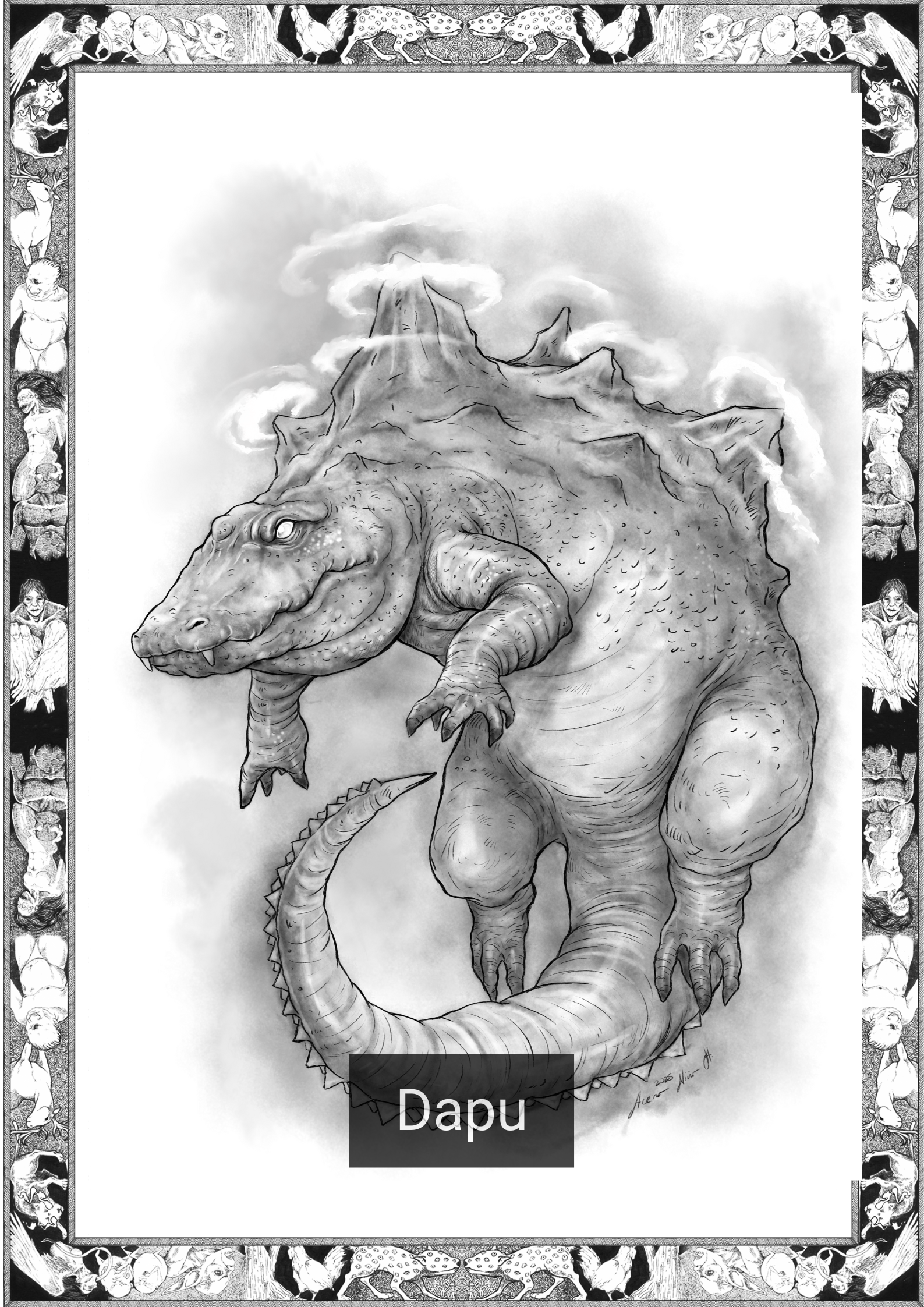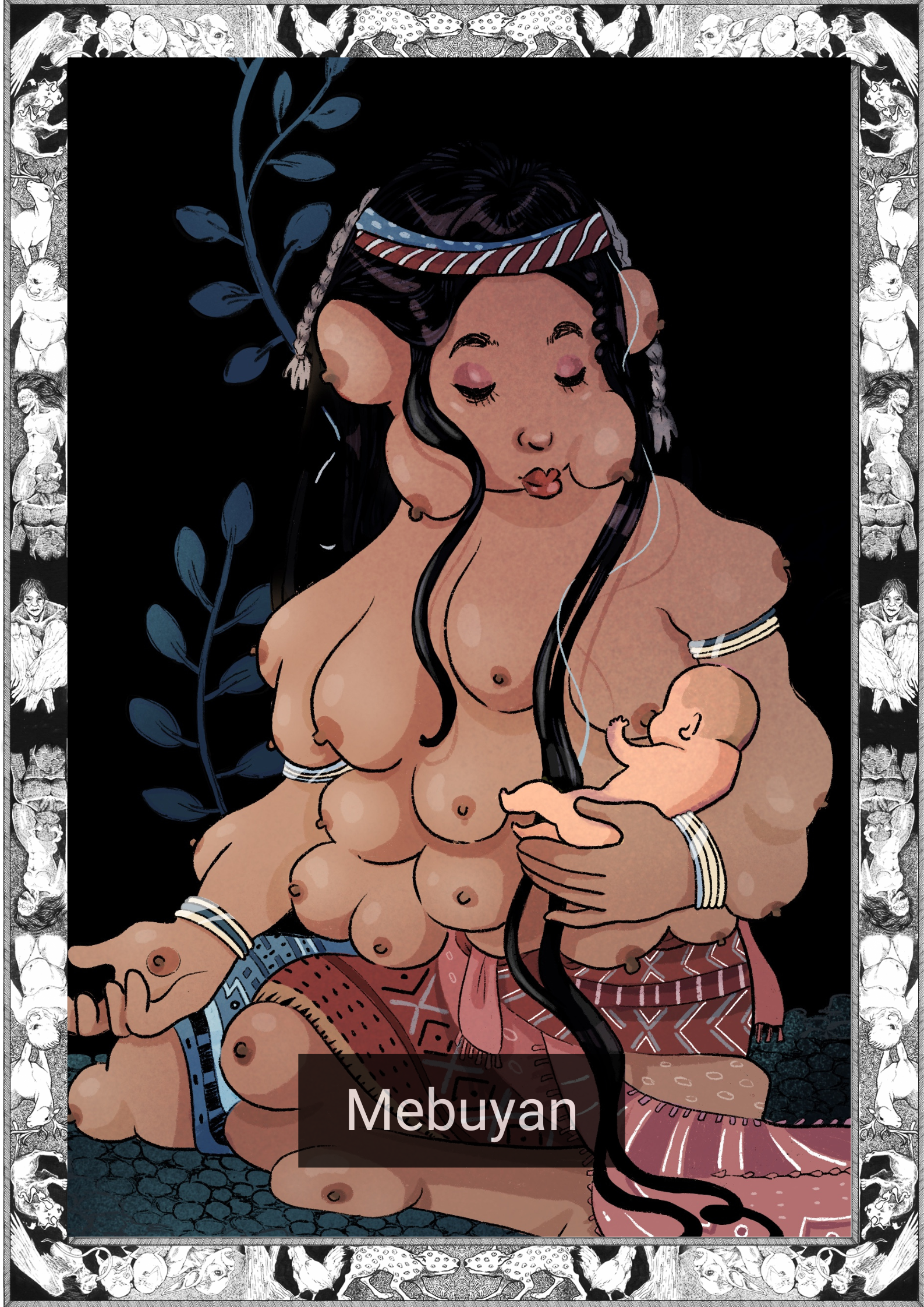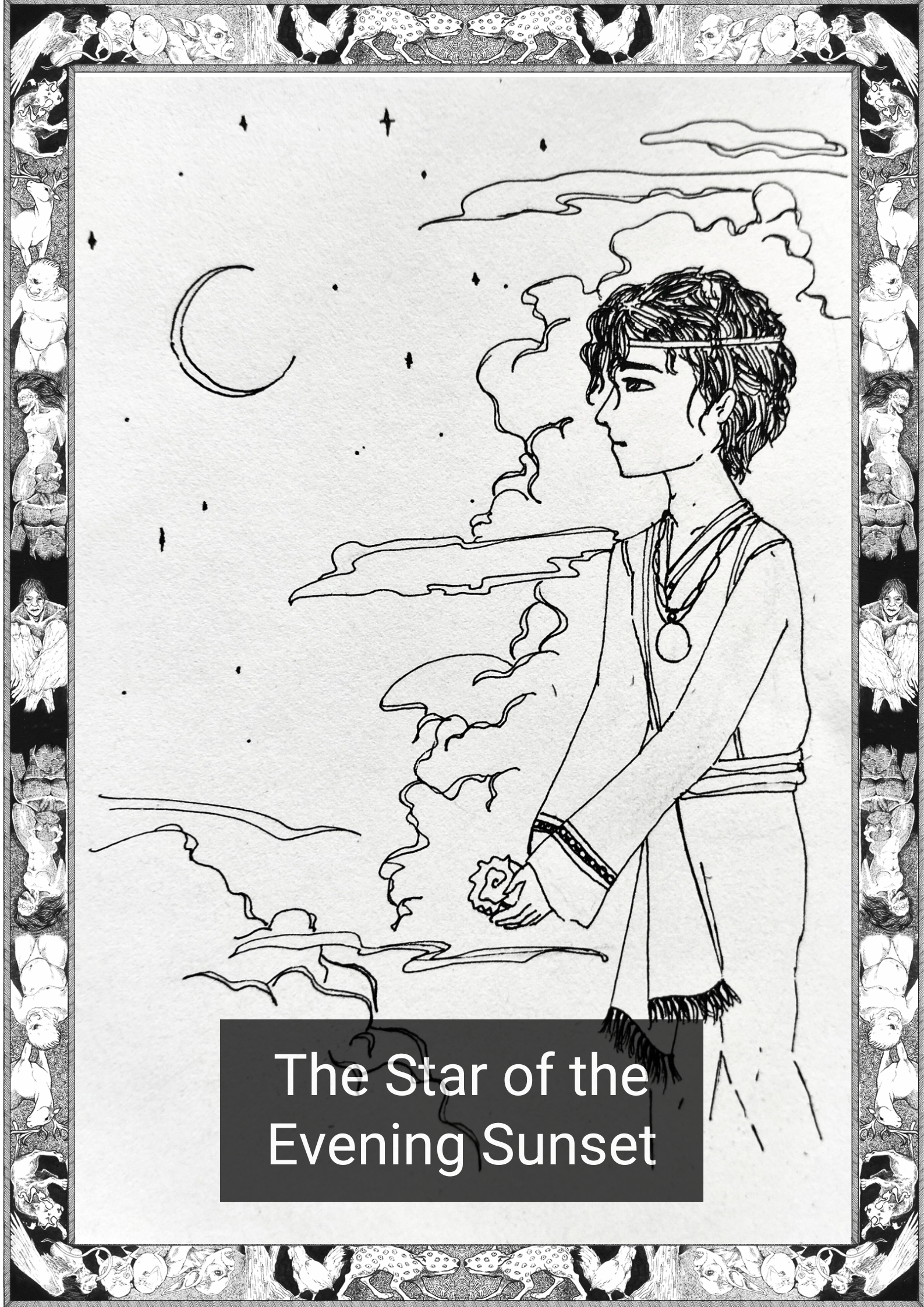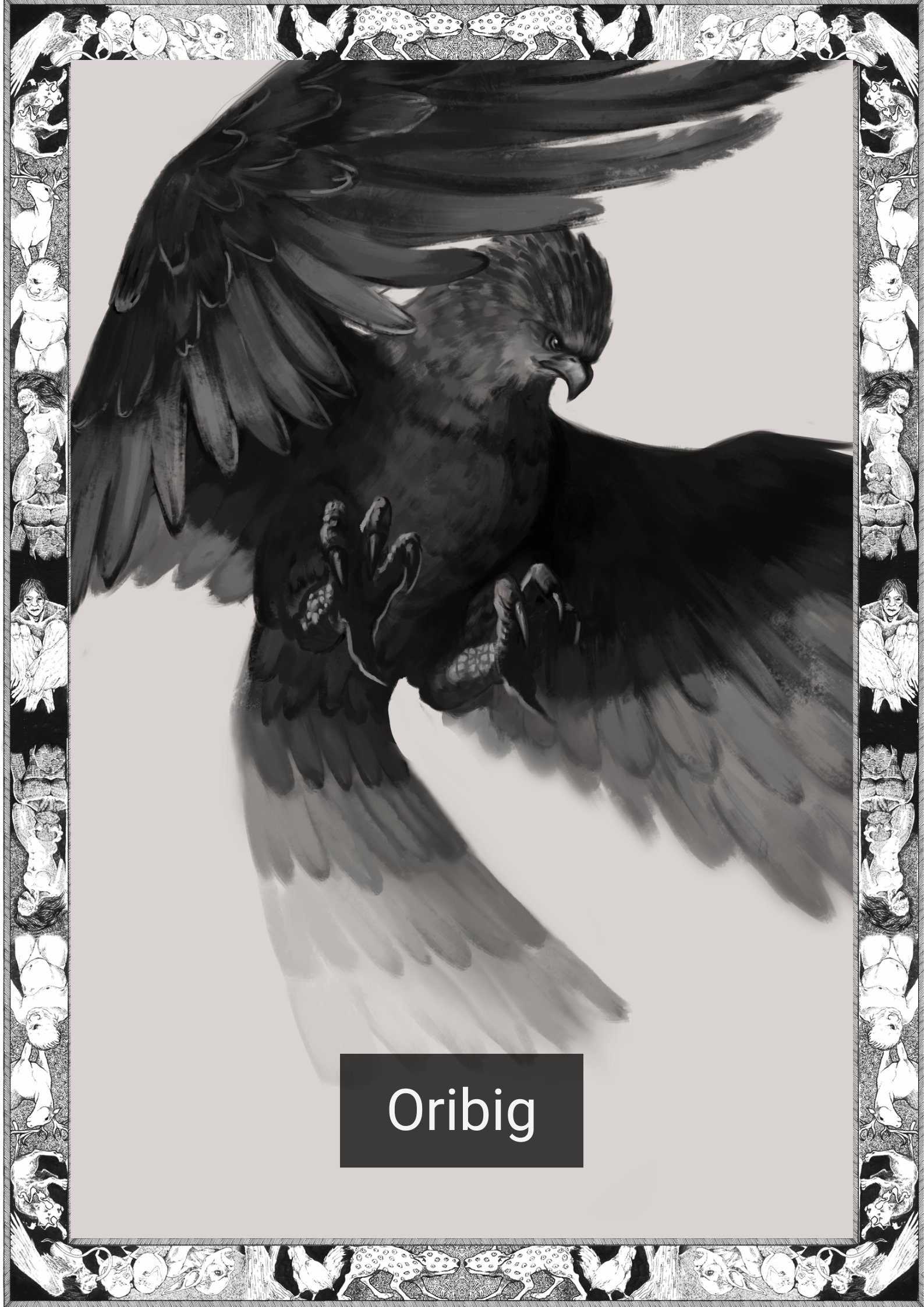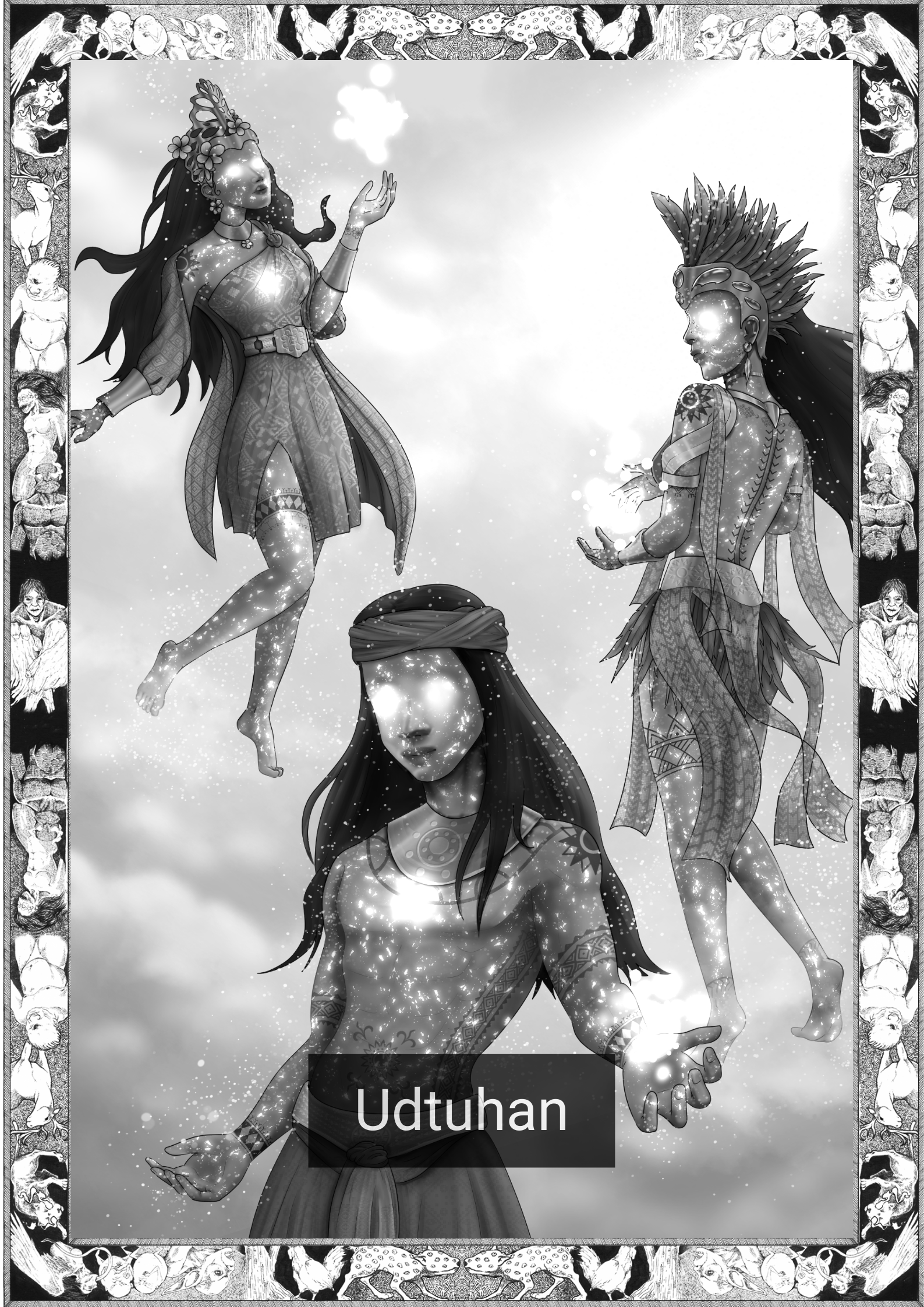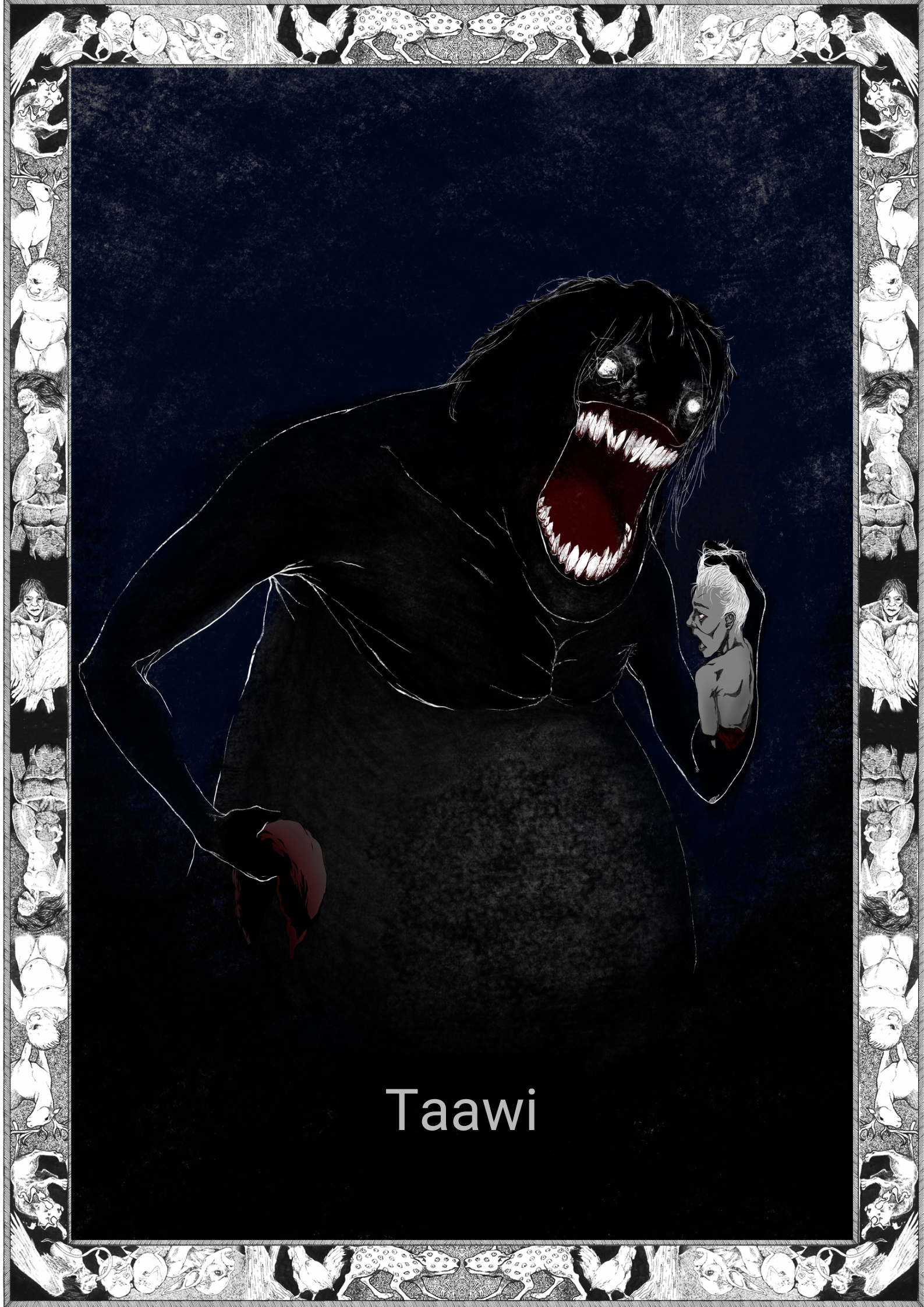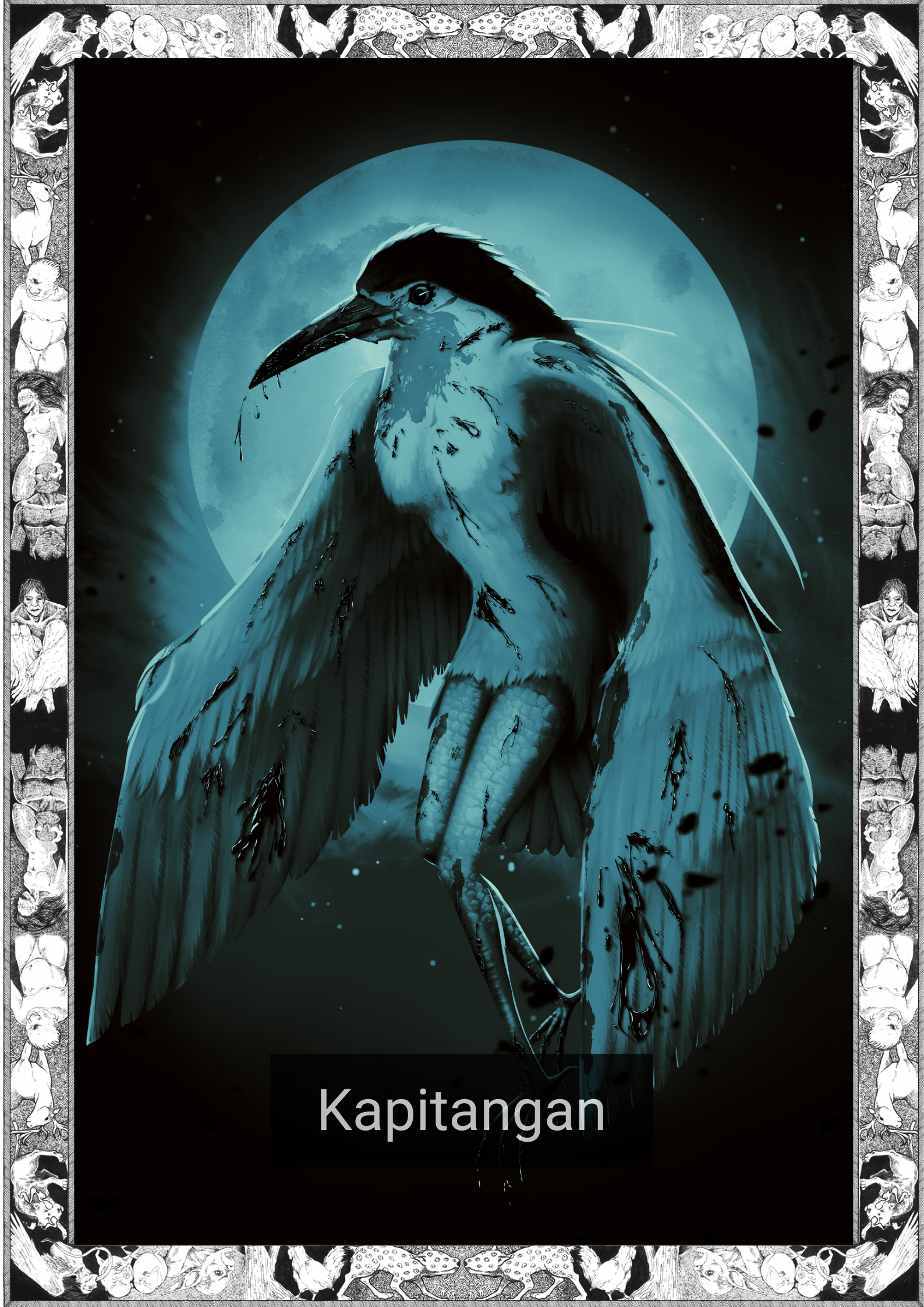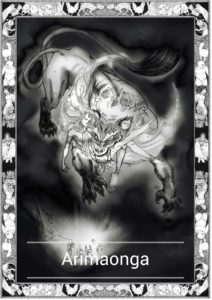
*Note this story is in Bicol Naga
Kaidto pa man, sunuon ko nang magturúhok ki búlan. Igwáng kun anong mistério saiya. Minaliwanag sana daw siya sa mga taong maninigó sana? Minababa daw sa dagá an saiyang karwahe? Dai daw siyang kasagkuran?
Mayong oportunidád para sako makikáwat sa ibang mga aki sa luwás ta pirmi sana akong may hílang o kun ano pa man na nagkakawsa na magtinir sana sa laog kan hárong. Dai ko maapresyar an makusóg na siráng kan saldang, pero pag banggí, sa táhaw kan liwanag kan mga bitú-on asin suábeng duros, an búlan, iyo sana an sakong kakáwat.
An mga guráng minaistorya na pag an búlan hinali sa táhaw kan kalángitan, iyo na ini an katapusan kan kina’bán. Pigngísihan ko sana ining mga istoryang ini kaidtong mga panahon, ta pánong an búlan mapundó sa daing kasagkurang pagikot ka ini? Siya gíkan sa pangatúrogan dinara pasiring sa realidad, an perpektong tagapagbalangibog kan pag abot kan liwanag.
Iyan, sagkod na mahiling ko an león.
Arimaonga, apod kan mga guráng igdi. Dai ko aram kun panó an nágin reaksyon mánta’ng an sakong bilóg na háwak pinu-pu’ót kan takot. Mas dakúla ini komparádo sa arin man na háyop na áram ko. Asin ini nakapurupot sa sakóng namu’mu’ótan na búlan.
Puminundó an óras, tuminurúhok sa solamenteng kakáwat, mayong maginibo mánta’ng siya kinakakan kan háyop. Sa dai masabótan na rasón, an león nagkákawat, daing pagkaaram na ini na an puwedeng magin kasagkuran kan gabos.
Mas tákot siya komparádo sa sako. Namamati ko na mayo siyang maginibo mánta’ng siya kapót kapót kan león sa saiyang panga. Huminibí ako.
“León butasan mo an búlan o kun dai katapusan na kan kina’bán!”
Dai ko aram kun tano ko nasambítan itong mga tatarámon na ito pero naturálon sa pagmáti’, na garó kaipo ko talaga sindang sabíhon.
“León butasan mo an búlan o kun dai katapusan na kan kina’bán!”
An ibang mga taga-baryo umináyon naman sa pagkuráhaw. An mga guráng iniluwás an saindang tambol asin gong para mas magkusóg an ribók asin makaabot sa kalángitan.
“LEÓN BUTASAN MO AN BÚLAN O KUN DAI KATAPUSAN NA KAN KINA’BÁN!”
An samong halanóhan pá’as, an samong hinángos halos maúbos, alágad dai kami nagpundó. Dai ko siya babáya’an sa león, dai siya babáya’an kan baryo.
An león binutasán siya sa laog kan garó halawigon na panahón. Binutasán siya asin pinadágos an pagbaklay pasiring sa kalángitan.
Asin ako, mapakumbabá’ng aki, nagpasalámat sa mga diós ta an sakóng solamenteng kakáwat, salbádo.
=——————————–=
English Version
I have always liked staring at the moon. There’s just the mystery of what she is. Does she shine her light on only the worthy? Does her chariot descend to the earth? Is she eternal?
There was never a chance for me to play with the other children, there was always some sickness or another that kept me indoors. I could never appreciate the sun’s harsh rays, but in the night, among the starlight and the gentle breeze, my only friend was the moon.
The elders tell stories that if the moon were to cease being in the sky, the world would end. I laughed at those stories once upon a time, for how could the moon ever stop her perpetual cycle? She was the dream made into reality, the perfect harbinger of light.
That is, until I saw the lion.
It was called the Arimaonga by the elders. I didn’t know how to react as terror filled my entire body. It was larger than I thought any animal could ever be. And it was clutching my beloved moon.
Time froze then, I stared helplessly as my only friend was being devoured by the beast. In some perverse way, the lion was playing a game, not knowing that it may just be the doom of us all.
She was more scared than I was. I could feel her hopelessness as she was clutched between the jaws of the lion. I started crying then.
“Lion release the moon or the world will come to an end!”
I don’t know why I started saying those words but it felt natural, like they needed to be said.
“Lion release the moon or the world will come to an end!”
The other villagers started joining me in the chant. The elders brought out their drums and gongs to make the noises reach the heavens.
“LION RELEASE THE MOON OR THE WORLD WILL COME TO AN END!”
Our throats were hoarse, our breath almost gone but we did not stop. I will not abandon her to the lion, this village will not abandon her.
The lion finally released the moon after what seemed like an eternity. She clutched her sides and resumed her track along the heavens.
And I, a humble child thanked the gods that my only friend was safe.
=————————=
*Central Bicol, commonly called Bicol Naga, is the most-spoken language in the Bicol Region of southern Luzon, Philippines. It is spoken in the northern and western part of Camarines Sur, second congressional district of Camarines Norte, eastern part of Albay, northeastern part of Sorsogon, San Pascual town in Masbate, and southwestern part of Catanduanes. Central Bicol speakers can be found in all provinces of Bicol and it is a majority language in Camarines Sur.
Written by Karl Gaverza
Bicol Translation by Jenly Paz Balaquiao
Copyright © Karl Gaverza
Translation Copyright © Jenly Paz Balaquiao
Inspired by the Arimaonga description in Philippine Folk Literature: The Myths. Eugenio. 2001.
Arimaonga illustration by Lou Pineda
IG: https://www.instagram.com/

